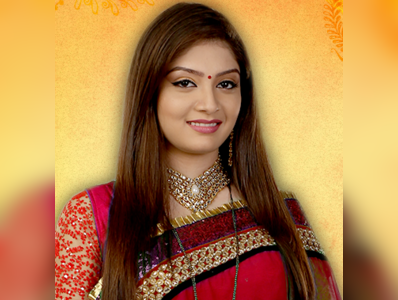



Accompaniments include sweet, sour and spicy chutneys, pickles, ghee and a salad of chopped vegetables served raw or may be steamed in spices. Many Gujarati dishes are distinctively sweet, salty and spicy at the same time.Ī Gujarati thali typically comprises of one or two steamed or fried snacks called farsans, a green vegetable, a tuber or a gourd shaak (shaaks are main courses with vegetables and spices mixed together into a curry or a spicy dry dish), a kathol (braised pulses like beans, chickpea or dry peas), one or more yogurt dishes like dahi, kadhi (yogurt and pulses soup), raita or sweet shrikhand, rice or khichdi, daal usually toor dal, and sweets like halwas, basundi or shrikhand. And also Saurashtra’s garlic spice mixture – a combination of garlic, red chillies and salt pounded together, which adds extra peps to lot of Gujarati foods. There are also seasonal specialties – Aamraas (Mango Pool) is commonly served in summer while Undhiyu which has roast vegetables and Muthias (veg kebabs) is characteristically had in January.īesides vegetarian dishes, the Muslim community, the tribal groups like Bohras and Khojas offers special non-vegetarian cuisine. Saurashtra’s typical seasonings – mustard seed, turmeric, pounded red chillies, cumin and coriander – which flavour Gujarat’s distinctive vegetarian cuisine.

The traditional Gujarati Thali is one of the best ways to know the Gujarati Cuisine. To taste the excellent vegetarian Gujarati cuisine, is to have a Thali Meal – the ultimate delightful vegetarian fare. The people of Gujarat have perfected the art of vegetarian cooking and their cuisine is a delectable and mouth watering. Perhaps the best way to know a state is to cut to the heart of the extraordinary culture of Gujarat is by exploring its cuisine. One of the thrills of traveling to Gujarat is its multi cuisine. “ Surat Nu Jaman Ane Kashi Nu Maran” a popular saying in Gujarati which means dining at Surat and dying at Varanasi, is the way to heaven.


 0 kommentar(er)
0 kommentar(er)
